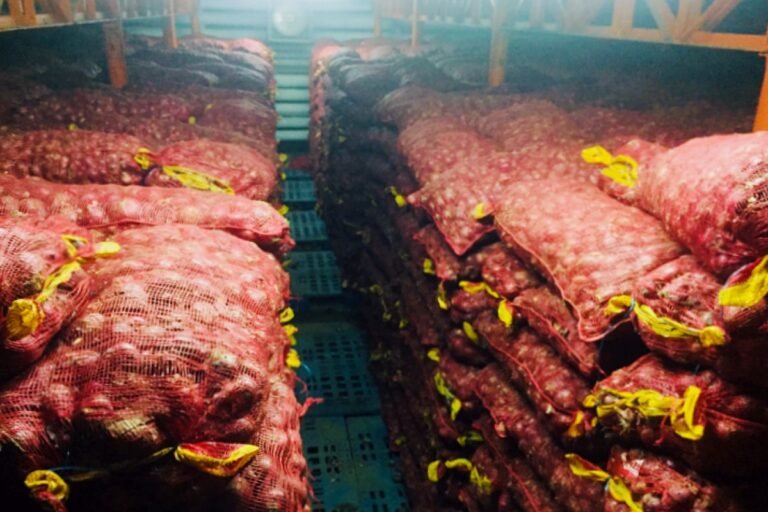Additional loans worth P102.9 million are in the pipeline to support the production and trading of onion and the acquisition of cold storage equipment.
The Land Bank (LANDBANK) of the Philippines has released P 1.1 billion in loans to onion farmers till the end of September this year. According to the statement released by LandBank, additional loans worth P102.9 million are in the pipeline to support the production and trading of onion and the acquisition of cold storage equipment.
Onion is a high-value crop that can be financed under the LANDBANK Sulong Saka Program, designed to provide credit assistance to various qualified stakeholders for agribusiness projects that support high-value crop production, processing and marketing.
Under the Program, small farmers may borrow up to 90 per cent of the total project cost for a production loan, while a maximum of 80 per cent may be borrowed by small and medium enterprises (SMEs), cooperatives, farmers’ associations and organizations, large agribusiness enterprises and corporations, non-government organizations (NGOs), and countryside financial institutions (CFIs).
Eligible borrowers may also avail of up to 80 per cent of the project cost for acquiring fixed assets, and up to 85 per cent of the commodity’s market price for commodity loans.
Local government units (LGUs) may likewise avail of financial support under the Sulong Saka Program, provided that the loan amount will not exceed their net borrowing capacity, as certified by the Bureau of Local Government Finance (BLGF).
Loans for working capital and permanent working capital are payable up to one year and three years, respectively, while loans for fixed assets and construction of facilities are payable based on project cash flow but not more than its economically useful life. The interest is based on the market rate, while loans for smallholder farmers shall bear a concessional fixed rate of 5 per cent per annum.
According to the statement, around 20,000 onion farmers enjoy bountiful harvests and improved earnings through the cold storage facility financed by the Land Bank of the Philippines.

